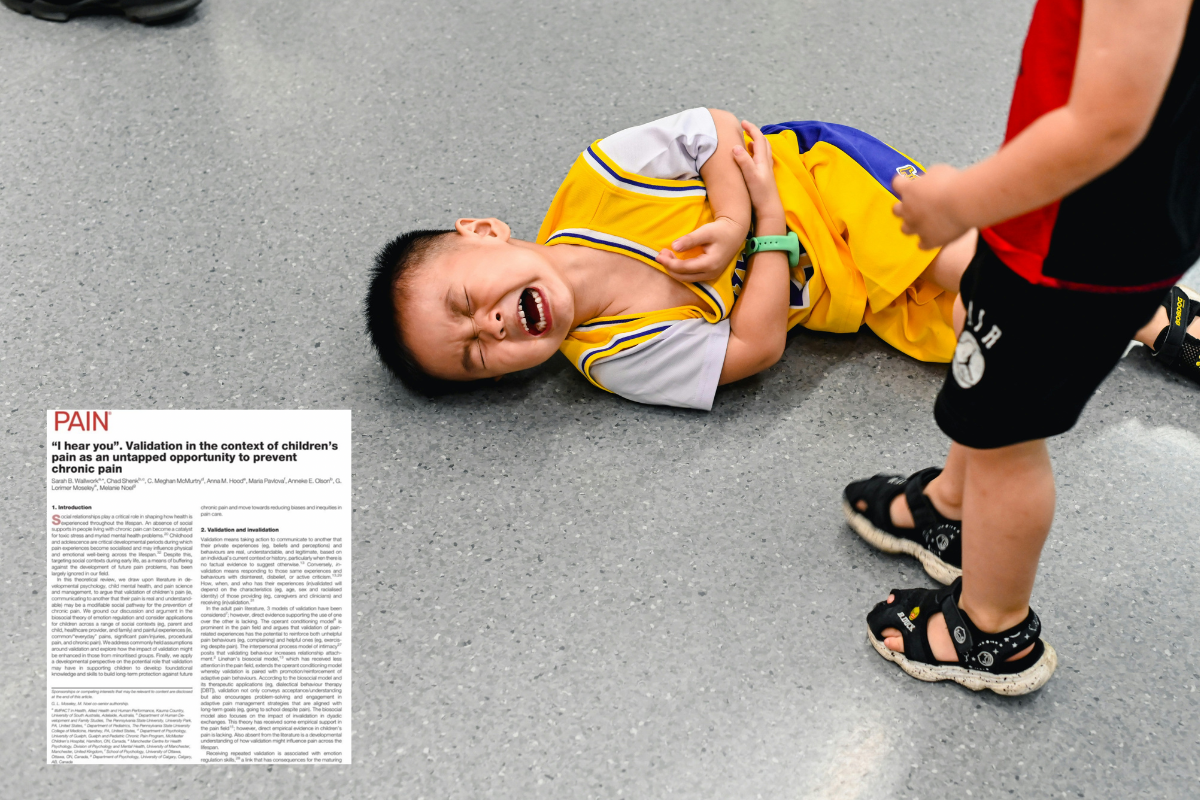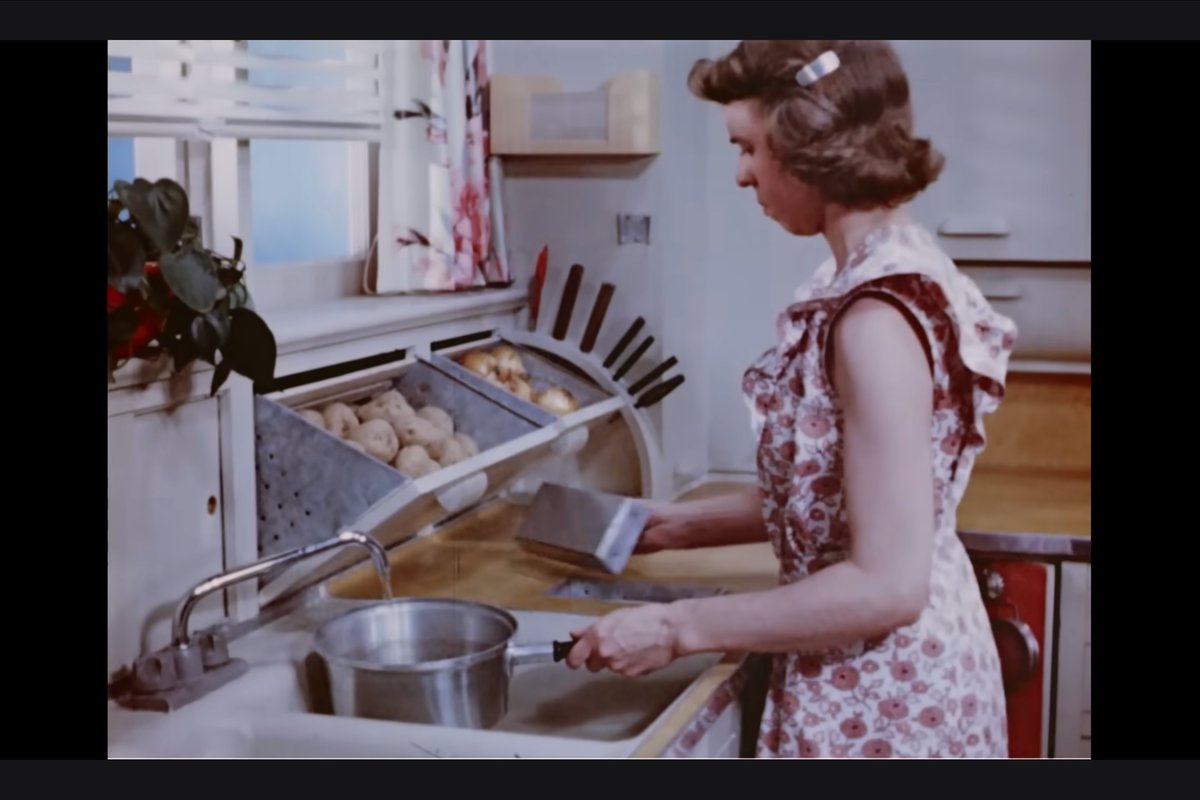New study reveals the correct way to respond when your kid gets hurt
Showing concern when your child falls over can make things worse.

Every parent has experienced the two-stage reaction to their kid falling down while running around. Step one: Freeze and hold your breath. Maybe if you don't react, they won't cry. Right? Step two: This time, they're actually hurt. Here come the tears. You move in to go inspect the boo-boo and. Good news... 'tis but a scratch!
But for some reason they won't stop crying and saying how bad it hurts. "Come on, shake it off," you insist. "It's not that bad." You wonder if they're hamming up the near-invisible wound for a little extra attention, maybe you start to get annoyed.
A new study just found that if you behave this way, you'll scar your children for life. OK, just kidding. They'll be fine! But there is a simple, more effective way to handle boo-boos, both big and small.
A study in the journal aptly named Pain reveals that validating a child's pain, however minor, can have huge benefits.

Whether a child has a microscopic scrape on their knee or is going into the hospital for a major operation, validation is the key.
How do you validate a child's pain, fear, or discomfort? It can take a lot of forms, including active listening ("I hear you..."), naming emotions or sensations ("It sounds like it stings."), praising or engaging with their healthy coping habits ("Great job being brave!"), or even just telling them it's normal and OK to feel whatever they're feeling ("I understand why you're scared.")
In Psychology Today, Ashley Hawthorn, a sensory studies expert, explains the study's relevance like this:
As adults, we develop a higher tolerance of pain. Small aches and pains are easily ignored in many cases. Sometimes, we expect children to be able to do this, too. But we forget that they're still learning what pain in, how to recognize it, and most importantly, how to cope with it.
A simple gesture to the effect of "Yes, you have correctly identified that you are in pain!" — as silly as it sounds — can help a child build confidence in their internal experiences.
Even if you think they may be blowing that pain out of proportion. That confidence can build on itself and continue to reap benefits long into adulthood.
“When a parent or doctor validates a child’s experiences in a way that matches their expressed vulnerability, it helps the child to feel accepted, builds connection and trust, and may help the child to develop critical skills in regulating their emotions,” lead study author Dr. Sarah B. Wallwork told Science Daily.
It makes sense the more you think about it.
If a parent or doctor questions the validity of a child's pain, it may make them more apprehensive about coming forward later in life. And this is true of everyone, not just children! We all need to be told and shown that what we're feeling is valid.
"By validating children's experiences of pain, they are likely to hold fewer negatively biased memories of pain and be in better position to seek help in the future, when then need it," Wallwork said.
Because pain is heavily tied to emotions and memories, using this approach can actually help children experience less pain when they're older. Wild, right?
Critically, validation and reassurance are different things, and can have very different outcomes
Validation means agreeing that your child's pain is real and, well, valid. It might sound like "I'm sorry that hurts," or, "It's OK to be nervous." Validation is not to be confused with reassurance. Reassurance is meant to be positive and make a person feel better about the situation. "You can get through this!" or "Don't worry, you're OK."
Confusingly, there's some evidence that reassurance has a negative effect on children's pain and distress, even though it sounds comforting!
A study in The Journal of Pediatrics says: "Reassurance may serve as a warning to the child that the caregiver is anxious, knows something bad is about to happen, or both."
Maybe this explains why initially ignoring it when your toddler topples over can sometimes prevent the hysterical tears, versus running over immediately with concern. It sounds like a lot to remember, but the framework is really simple. The next time your kid is in pain, scared, worried, or all of the above — all you have to do is listen and believe them.
If you can distract them or help them cope with their pain in a healthy way? You're cruising to Parent of the Year status.



 TikTok · Ale
TikTok · Ale
 Kittens are the cutest.
Kittens are the cutest.  Grrrr, wook at his widdle paws and his widdle whiskers.
Grrrr, wook at his widdle paws and his widdle whiskers. 

 Design 3D GIF
Design 3D GIF 
 Bluebells at the Brooklyn Botanical Gardens.
Bluebells at the Brooklyn Botanical Gardens. 